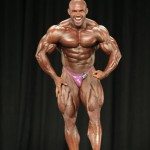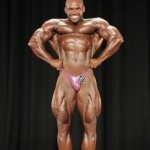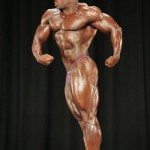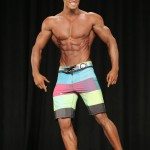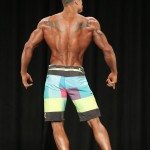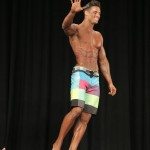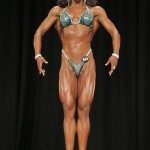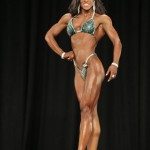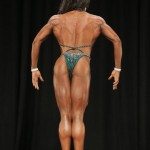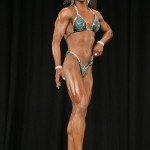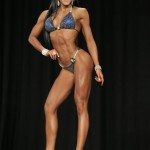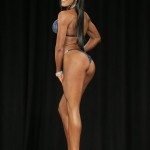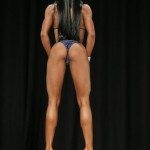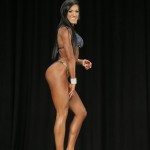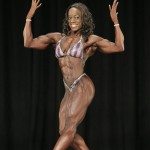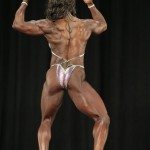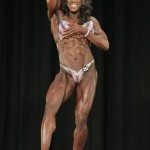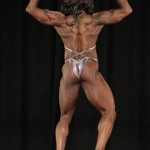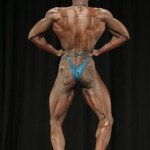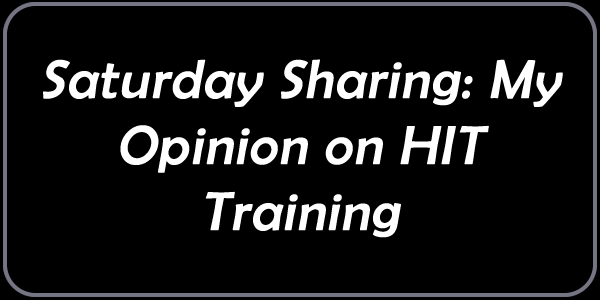
HIT training (High Intensity Training) is a weight training principle that gets very little respect in the bodybuilding community, but was used by some big names to achieve a tremendous physique. Those of you reading this site for any amount of time know that I believe in the Experiment of One. I have personally used HIT to get some incredible results. I always seem to go back to it.
What is HIT Training?
High Intensity Training (HIT training) is a form of strength training popularized in the 1970s by Arthur Jones, the founder of Nautilus. The training focuses on performing quality weight training repetitions to the point of momentary muscular failure. The cadence of the repetitions is generally 3/3 and that cadence can be one of the variables you change in order to increase the intensity.
HIT training focuses on progressive resistance. This is characterized by a high level of effort along with relatively brief and infrequent workouts.
Why I Like Hit Training
When using HIT training you are forced to train harder. One of the fundamental principles of weight training is overload. In order to stimulate increases in muscular strength and size you absolutely must impose a demand on the muscles that is greater than they accustomed to. The harder, or more intense an exercise is, the greater the degree of overload and the more effective the exercise.
While training harder is a principle of HIT training, training more briefly is also one of the tenets. There is a direct inverse relationship between the intensity and the volume of exercise a person is able to perform. The more effort put into a workout, the shorter the workout must be to avoid overstressing the body. This is a very real danger. HIT training workouts typically require around 30 to 45 minutes, and some “consolidation routines” may take fewer than 10 minutes to complete.
Almost all high intensity training methods involve only performing one, all-out work set per exercise. Although the majority of research shows no significant difference in effectiveness between single and multiple sets for improving either muscular strength or size for the majority of people, a few high intensity training methods prescribe two or three sets for some exercises. I have found that it works either way.
HIT training methods also vary in the total number of exercises performed per workout, from as few as two or three to as high as twenty when neck and grip exercises are included. The appropriate volume of exercise varies significantly between individuals based on genetics, age, and lifestyle factors such as quality and amount of nutrition and rest, as well as the specific training goals. Any athletes or trainees with physically demanding jobs or lifestyles must also balance their training volume against the amount of other physically demanding activities they perform to avoid overtraining.
While some trainers claim high intensity training routines are only appropriate or effective for beginners due to the low volume, and that an increase in volume is required as a trainee becomes more advanced, empirical evidence shows as trainees become more advanced and capable of training with greater intensity a reduction in training volume becomes necessary to avoid overtraining.
How I Have Used HIT Training
My experience with HIT training has been extremely positive. I utilize full body workouts 3 times a week. I have even gotten to a point where I could not recover and had to back down to 2 times a week, all while still getting some amazing results. I would generally use between 10 and 15 exercises and I would only perform one set per exercise, taking that set to complete and total failure. Once I hit the top of the repetition range on an exercise I increase the weight, continuing to do so as I move forward in the program. With HIT training there are no jerky motions. Everything is done smoothly and under control.
In training this way I managed to improve my strength as well as my size. You should try HIT training if you haven't already. Even if you have, it is something you should keep in your tool belt for the gym.


